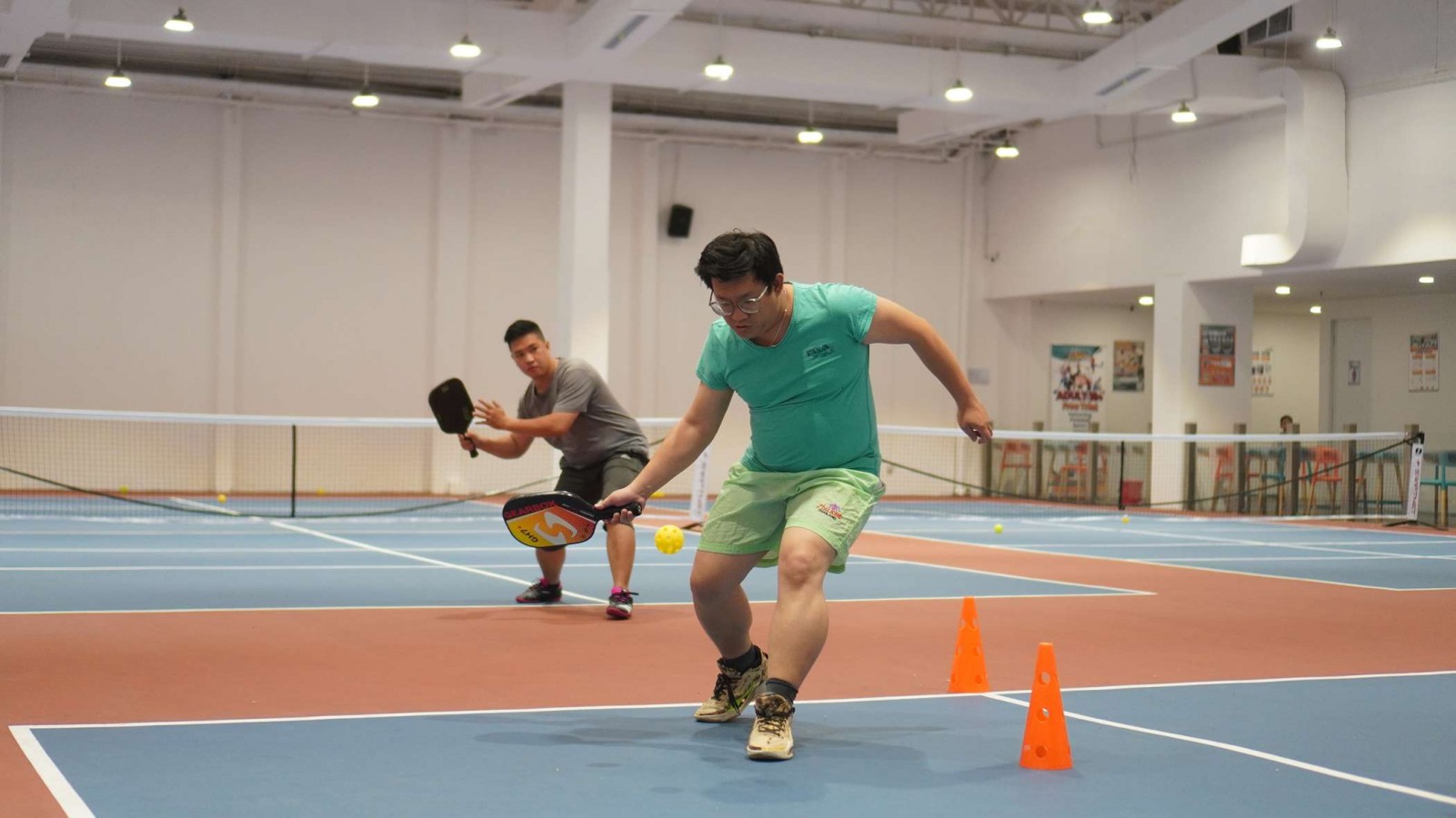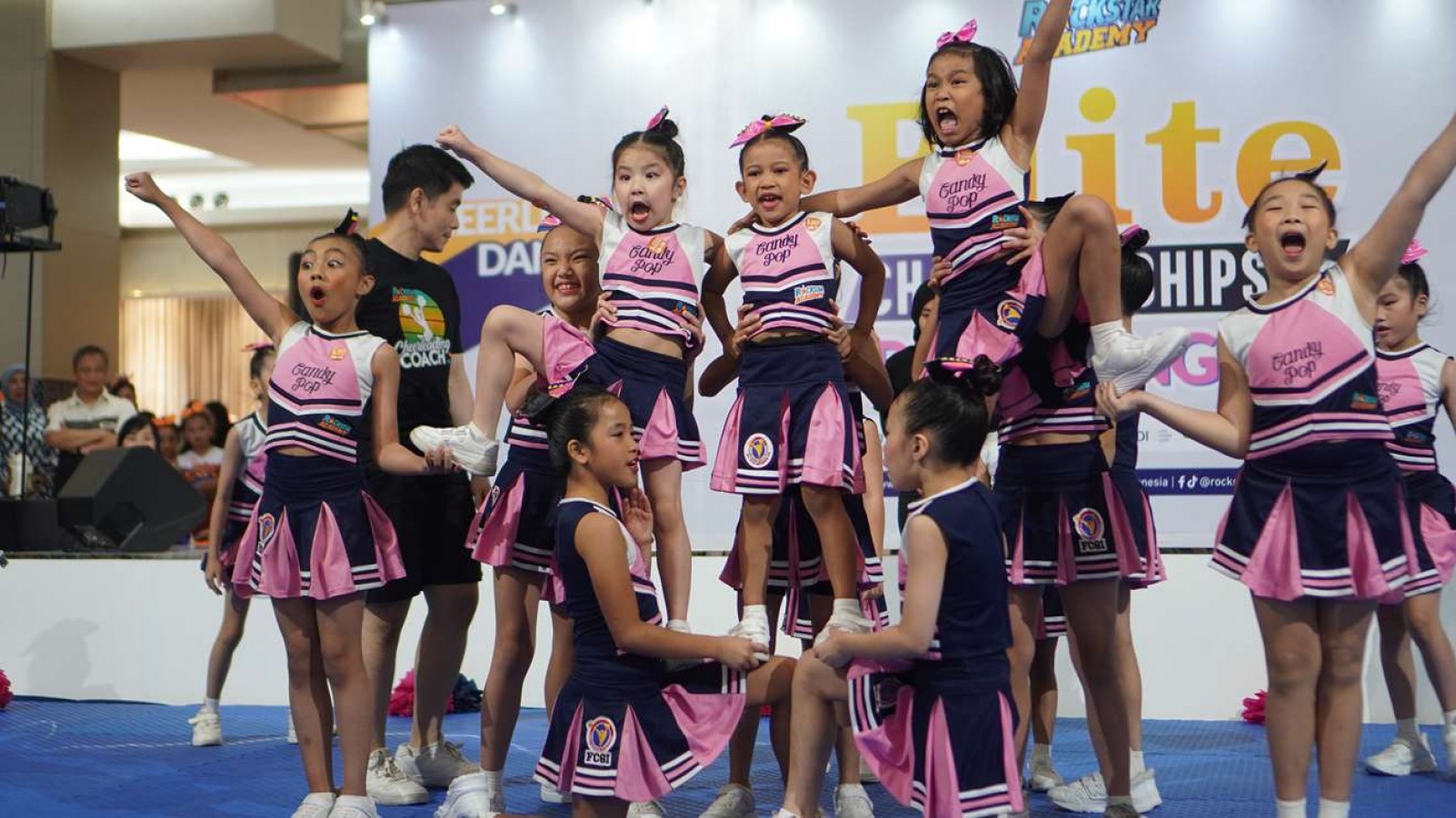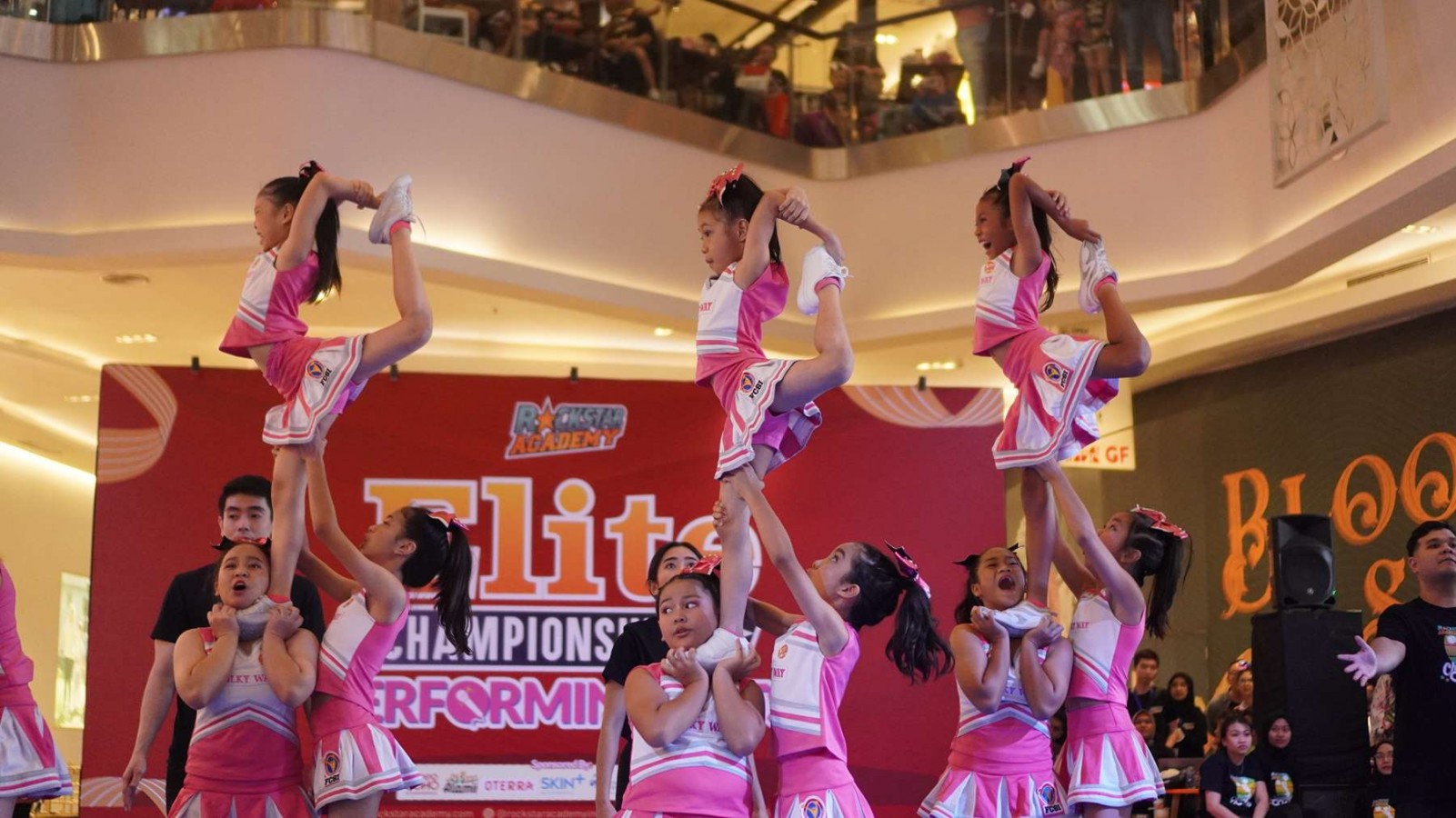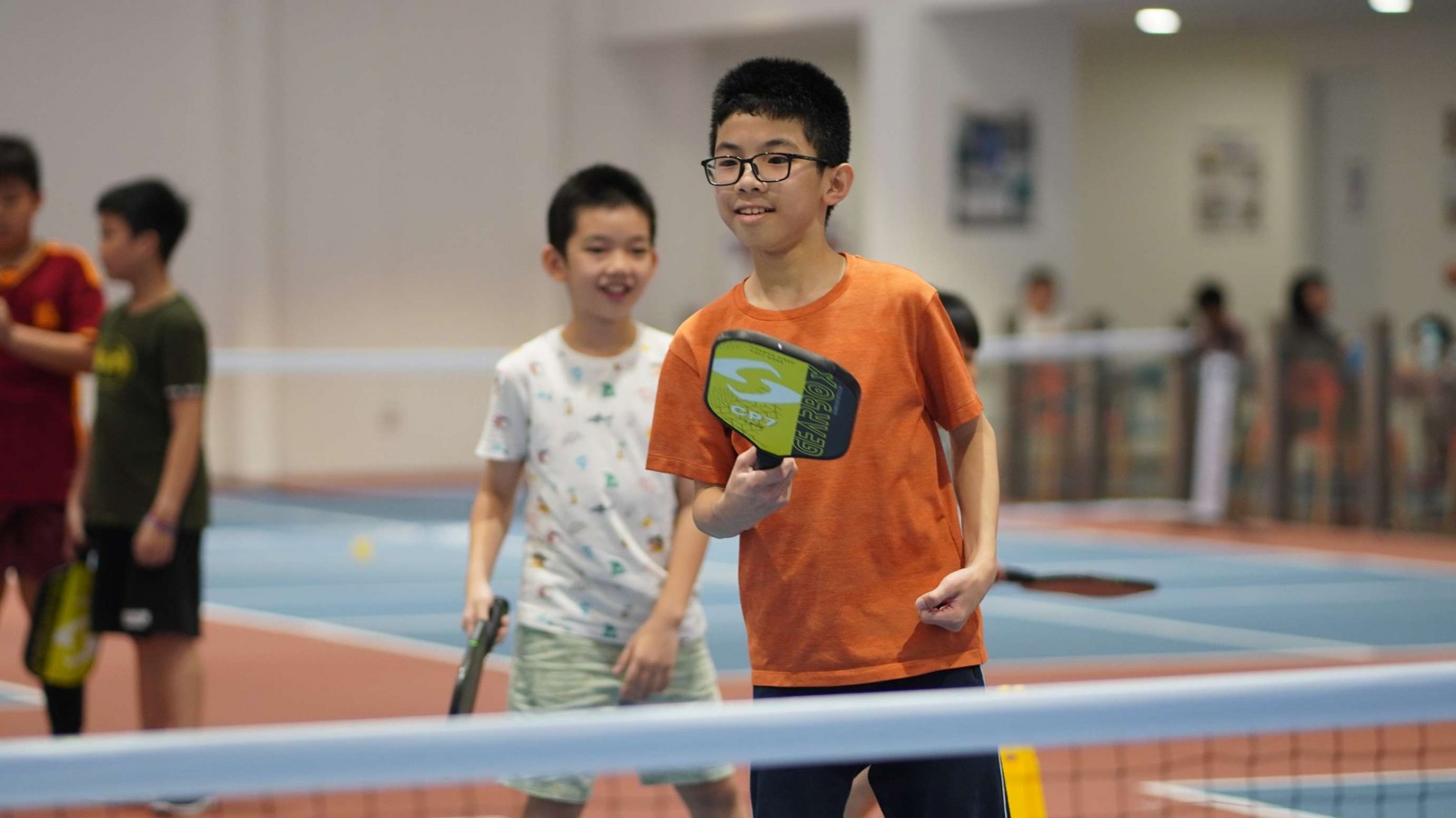Pickleball Volley Basics: Understanding the Key Strategies

Pickleball is a sport that’s capturing the attention of players everywhere. At first glance, it might seem like a mix of tennis and badminton, but it has its own unique charm. Popular in Europe and quickly gaining fans worldwide, pickleball is an exciting and accessible game for players of all ages.
One of the key skills in pickleball is mastering the volley. A strong volley lets players control the game’s pace, dictate the action, and keep their opponents on their toes.
If you’re just starting out, understanding the essentials of a good volley can help you score more points. Let’s dive into the key techniques of pickleball volleying in this article!
What is a Volley in Pickleball?
In pickleball, a volley is when you hit the ball out of the air before it bounces on the court. Volleys are typically performed close to the net and are a critical part of the game, allowing players to maintain control and put pressure on their opponents.
Unlike groundstrokes, which are hit after the ball bounces, volleys require quick reflexes, good hand-eye coordination, and proper positioning. There are two main types of volleys in pickleball: the forehand volley and the backhand volley.
Both shots in pickleball use different techniques, but they both aim to keep control of the game and prevent your opponent from gaining an advantage. It’s important to make sure these techniques follow the official pickleball rules.
The Importance of the Volley
Volleys are essential in pickleball because they allow you to control the net, dictating the pace of the game and keeping opponents off balance. By volleying early, you can shorten points and reduce your opponent's reaction time, ending rallies on your terms.
Well-executed volleys create offensive opportunities by forcing mistakes, while also providing a defensive advantage by blocking or deflecting powerful shots. Proper volleying depends on effective court positioning, which enhances your ability to react quickly and maintain pressure on your opponents.
Forehand Volley and Backhand Volley
Volleys can be divided into two techniques depending on the direction the ball comes from, from both forehand and backhand techniques. The most difficult technique is the backhand because it is not the dominant muscle and must be trained to strengthen the backhand.
But both techniques must be mastered by every pickleball player. Here's how to apply forehand volley and backhand volley:
A. Forehand Volley
- Grip: Use a continental grip, which provides control and versatility for volleys.
- Stance: Keep your knees slightly bent, weight on the balls of your feet, and paddle up in front, ready to react to incoming shots.
- Execution: Step forward with your non-dominant foot, keep your paddle face open, and use a short, controlled swing to guide the ball over the net.
- Follow-Through: After contact, follow through slightly with your paddle, keeping it controlled for accuracy.
B. Backhand Volley
- Grip: Use the continental grip, allowing for easy transitions between forehand and backhand shots.
- Stance: Maintain a bent-knee position with your paddle in front, rotating your shoulders to face the ball with your non-dominant shoulder leading.
- Execution: Step forward with your dominant foot, keep the paddle slightly open, and use a short swing to guide the ball over the net with control.
- Follow-Through: Keep your follow-through compact, focusing on balance and using shoulder rotation for stability.
Understanding the Non-Volley Zone (Kitchen)
One unique aspect of pickleball is the non-volley zone, commonly referred to as the "kitchen." The non-volley zone is a 7-foot area on both sides of the net where players are not allowed to hit the ball in the air (volley).
If a player volleys the ball while standing in the kitchen or steps into the kitchen after hitting a volley, it results in a fault.
Drills to Improve Volley Shots
Improving your volley game takes practice and repetition. Here are some effective drills to help you enhance your forehand and backhand volleys:
1. Wall Volley Drill
Find a wall and stand about 5-7 feet away. Practice hitting forehand and backhand volleys against the wall, focusing on control and consistency. The goal is to keep the ball in play and improve your reaction time.
2. Partner Volley Drill
Pair up with a practice partner and stand at the non-volley line. Take turns hitting volleys back and forth to each other. Start with slow, controlled volleys and gradually increase the pace as you become more comfortable. This drill helps improve hand-eye coordination and reflexes.
3. Target Practice Drill
Set up targets on the court using cones or markers. Practice hitting forehand and backhand volleys, aiming for the targets. This drill helps with accuracy and placement, teaching you to direct your volleys to specific areas of the court.
4. Reaction Volley Drill
Have a partner stand across the net and hit fast, low volleys at you. Focus on quick reactions and blocking the ball back with controlled volleys. This drill helps improve your defensive volley skills and reaction time under pressure.
5. Kitchen Awareness Drill
Practice positioning yourself just outside the non-volley zone and work on executing volleys without stepping into the kitchen. This drill helps you develop better court awareness and ensures that you avoid kitchen faults during gameplay.
Practice Pickleball Volley With Rockstar!
Even though pickleball isn't very popular in Indonesia yet, you can still find pickleball classes available. Rockstar Academy is highly recommended by parents and offers pickleball among its various sports programs.
Rockstar Academy is a Sports & Performing Arts Academy that is dedicated to nurturing children's interests and talents from a young age. They provide experienced and certified instructors, excellent facilities, and even offer free trial classes to help kids explore their potential in sports.
Our program at Rockstar Academy not only focuses on skill development but also offers exciting opportunities for children to compete in events and competitions like the Elite Championships and RockOlympics.
These events are designed to help kids improve their abilities, gain valuable experience, and learn how to handle competition with confidence. Participating in these competitions allows children to test their skills in a supportive environment, fostering growth and resilience while having fun. For more details, check out their website and see how they can support your child’s dreams through sports!
FAQ
What is the best grip for volleys in pickleball?
The continental grip is the most commonly recommended grip for volleys in pickleball. This grip provides versatility and control, allowing you to easily switch between forehand and backhand shots.
How do I avoid stepping into the non-volley zone when volleying?
To avoid stepping into the non-volley zone, make sure you are positioned just behind the kitchen line before executing a volley. Practice your footwork and awareness to ensure that you do not inadvertently step into the zone after hitting a volley.



